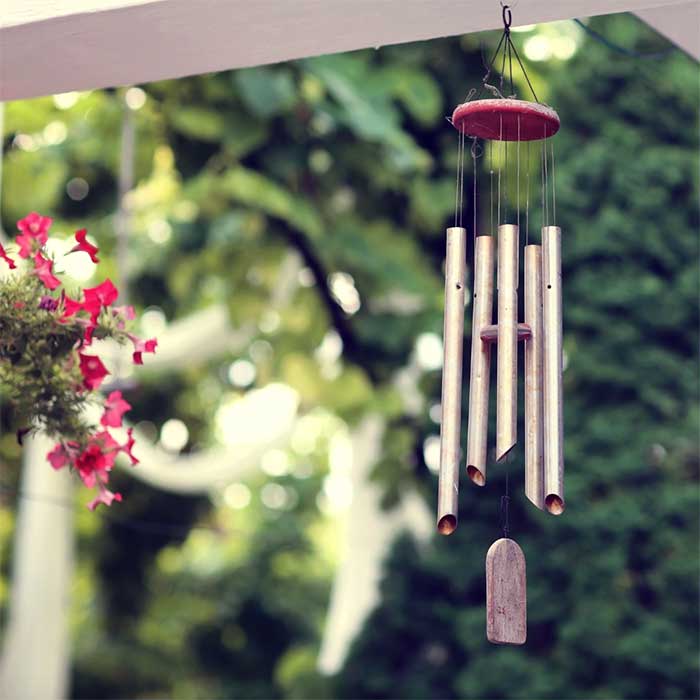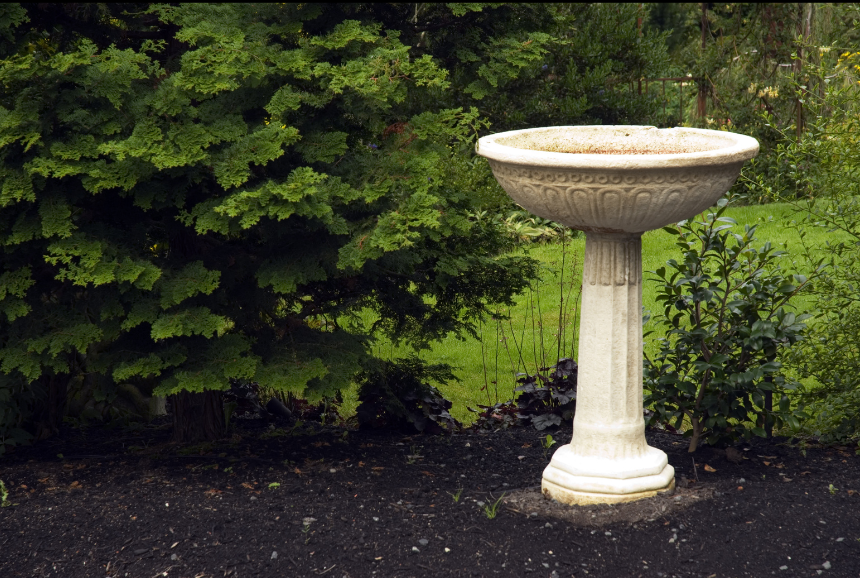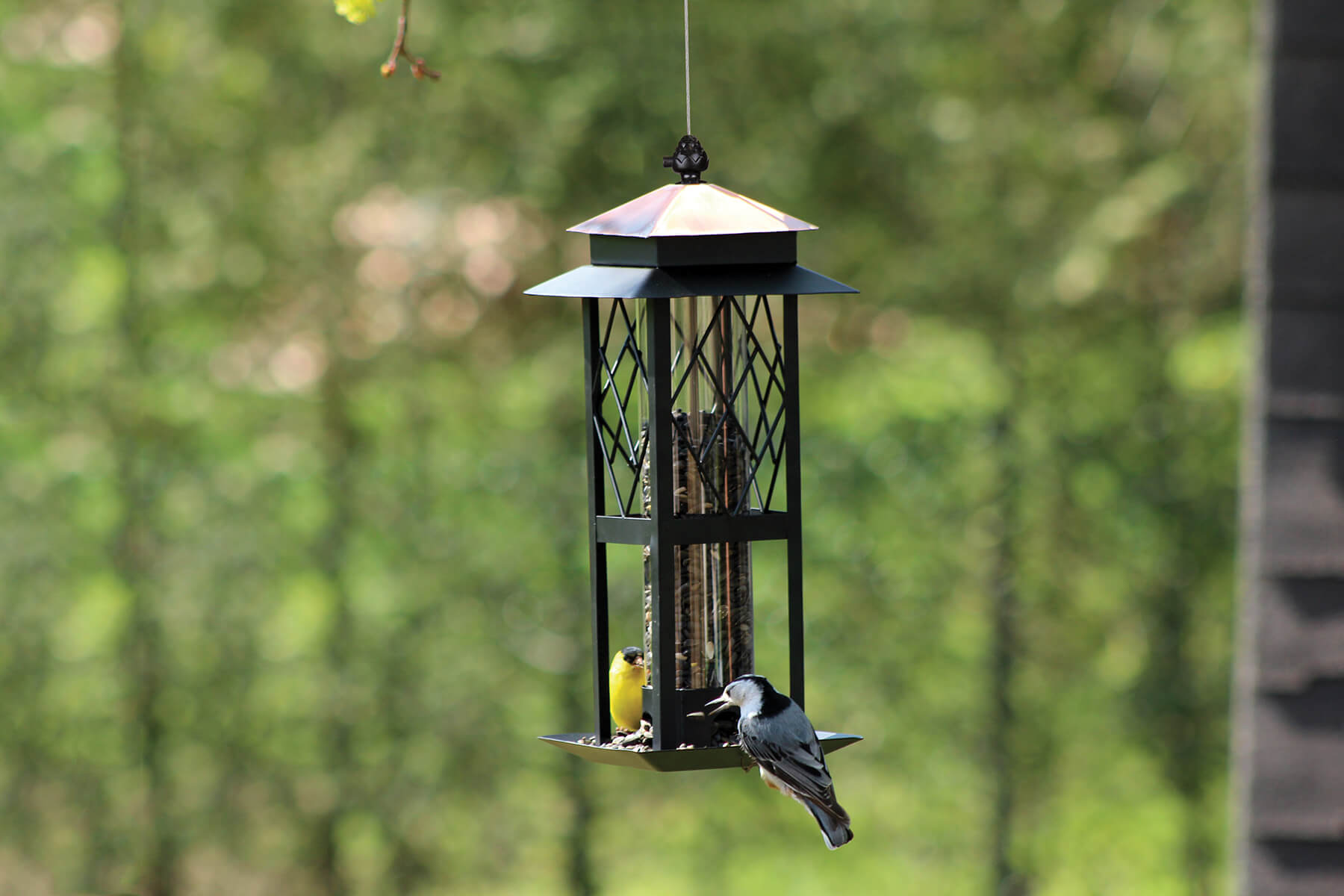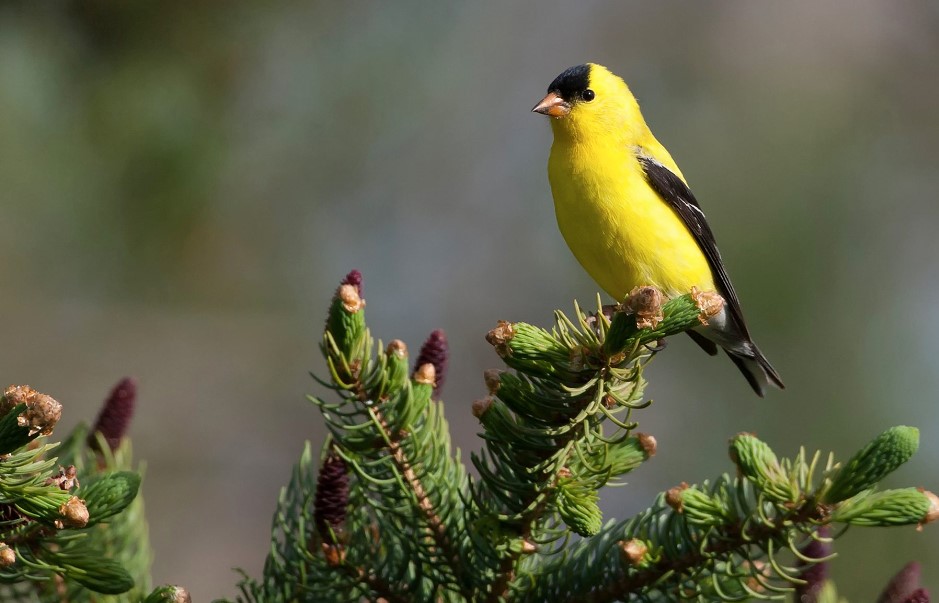What are solitary bees?
Hive-less solitary bees, like the mason and leafcutter bee, are gentle, easy to raise and are amazing pollinators. Most people are familiar with their European honeybee cousin, but there are major differences between these incredible insects.
Why Use Solitary Bees?
– No hive to defend means solitary bees are gentle and non-aggressive.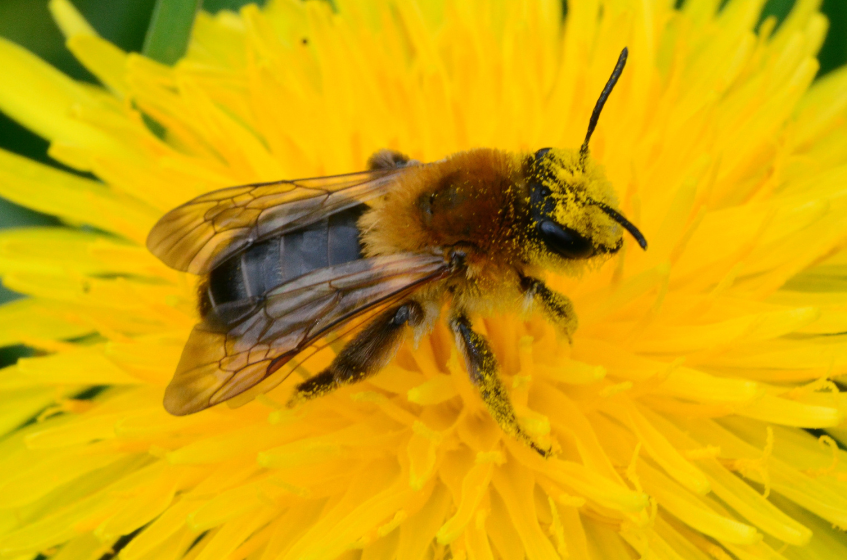
– They pollinate up to 100 times more effectively than honeybees.
– They do not build a hive or make honey, instead raise their young in nesting holes.
– They are easy to raise by anyone & require far less maintenance than honeybees.
– They do not induce anaphylactic shock and they rarely sting.
Benefits of using Solitary Bees
They are gentle & non-aggressive. Solitary bees are much less aggressive than honeybees because they do not have a hive and stores of honey to defend. Solitary bees only sting as a last resort to defend themselves if you accidentally squish or step on them. A rare sting from a solitary bee hurts less because their sting lacks the venom that honeybees make, which eliminates the fear of an allergic reaction. Male bees of any bee species do not even have stingers! Mason & leafcutter bees are so gentle that you can stand at the entrance of their nesting house & watch them come and go and they won’t bother you.
Easy-to-Raise & Fun-to-Watch
Raising bees that build their nests in holes is easy, all you need to do is place their cocoons in their nesting house and harvest next year’s cocoons. The only time that you will touch a solitary bee is when you handle the cocoon, and that means that you don’t need a head-to-toe (and expensive) protective suit. To get ready to care for solitary bees all you do is to step outside. The steps for taking care of solitary bees take about 1-2 hours per year for a backyard gardener. You’ll probably spend more time standing at their house watching the bees come & go.
Safe for Family & Pets
Taking care of solitary bees is an activity that the whole family can enjoy. Children will delight at holding a mason bee cocoon as the bee chews its way out. Holding an emerging mason bee is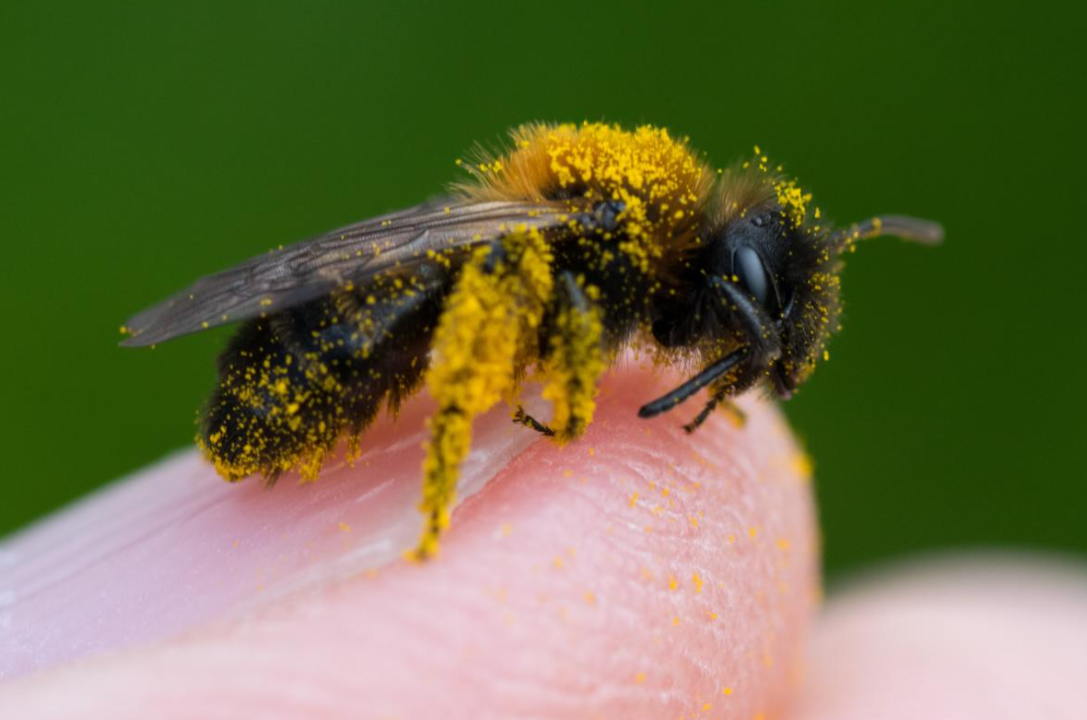 similar to holding a ladybug; the newly emerged bee cleans itself off, warms up, and flies away.
similar to holding a ladybug; the newly emerged bee cleans itself off, warms up, and flies away.
No Hive or Honey Upkeep
Solitary bees don’t live in hives and since they are hibernating during the winter so there is no need to supplement their diet. They don’t produce honey so that means no opening hives to check on production and no purchase or rental of honey harvesting equipment.
Grow More Food
One hive-less bee like the mason bee has the pollination ability of 100 honeybees. They are better able to distribute the pollen flower to flower than honeybees because of the way they carry dry pollen on their body. Honeybees dampen the pollen with their saliva so it sticks to its hind legs and can be carried back efficiently to the hive. Hole-nesting bees, on the other hand, don’t have a hive to worry about and they lay around 20 eggs in their lifetime.
Spring Bees versus Summer Bees
Both spring mason bees and summer leafcutter bees are gentle, solitary, gregarious, hole-nesting bees and are great alternative managed bees. They are superior pollinators that carry pollen dry and loose on their abdomens.
Spring: the mason bees that we carry emerge in cool spring weather (50°F/10°C), use clay/mud to build nest partitions, spin cocoons and hibernate as fully formed bees, and Mason bees are superior pollinators of apple, cherry, pear, almond, peach, kiwi, nuts, and berries. They are also great pollinators of early spring-blooming flowers.
Summer: leafcutter bees emerge in warm summer weather (70°F/21°C), build cocoons for their young out of leaves, hibernate as larvae, and are superior pollinators of melons, squash, cucurbits, peas, and other summer vegetables and flowers.
Solitary Bees
Solitary Bees need housing!
While the timing is different for spring mason bees and summer leafcutter bees, the process of raising them is very similar.
Install house
-Select a location that receives early morning sun (generally south to southeast facing) and protects the nesting materials from wind and rain. If your area has extreme heat (over 100°F/38°C)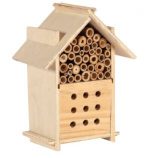 during the day, ensure that the house is shaded during the highest temperatures of the day, while still exposed to morning sun.
during the day, ensure that the house is shaded during the highest temperatures of the day, while still exposed to morning sun.
-Mount house at eye-level: 5-8 feet, 1.5-2.5 meters. These bees are fun to watch!
-If you paint the bee house, allow plenty of time for the paint to cure. The smell of wet paint may deter the bees.
-If birds become a problem, you can fashion a safe zone with some wire mesh or chicken wire. Use a mesh size between ½” to ¾” and loosely create a 3″ bubble around the front of the house. This gives the bees some space and keeps the birds from perching on the mesh.
Place Nesting Holes
-Generally, you should have 1 nest hole available for each cocoon (male and female). Female bees often claim two or more nest holes in one season.
-Put loose nesting holes in a random arrangement so the bees can find their nest hole easier.
-Many native bee species nest in a variety of hole sizes.
Nest-building Material for Leafcutter Bees
Females use their mandibles (jaws) to cut circles into leaves and these small ¾” cuts into your non-fibrous plants will not harm the plant. Leafcutter bees prefer leaves similar to those of rose, lilac, and pea leaves. Female bees use the cut circles to build a protective leafy cocoon for the larva. She places a pollen loaf and egg inside and seals both into the leafy cocoon. Leafcutter cocoons are beautiful and are sometimes made of flower petals. At the end of the nesting hole the female bee packs in a capped end of extra leaves or petals to protect the developing larvae.
Solitary Bee Houses – Nest-building Material for Mason Bees
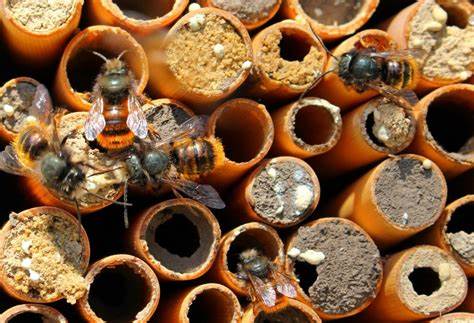 Mason bees need moist, clay/mud for building their nesting chamber partitions. At the end of the nesting hole the female bee packs an extra thick layer of clay/mud for protection, this is called a capped end.
Mason bees need moist, clay/mud for building their nesting chamber partitions. At the end of the nesting hole the female bee packs an extra thick layer of clay/mud for protection, this is called a capped end.
Spring mason bees rely on mud to build their nesting chamber so areas with sandy soil, like coastal beaches and deserts, are not generally able to support mason bees. Do not underestimate this requirement! If a mason bee finds no available clay/ mud, they will fly elsewhere. If you observe a poor return of nesting spring bees make sure you provide clay/mud that remains moist. You can provide a hole in the ground with our mason bee mud and we also have a mud box that keeps mud properly moist.
Article courtesy of NIC


